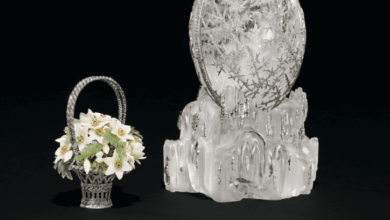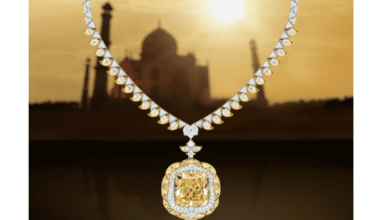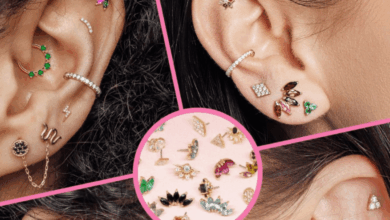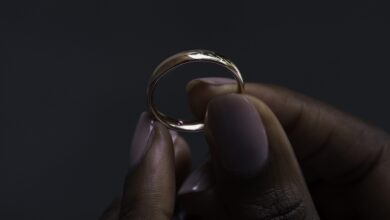Behind the scenes at Stephen Webster
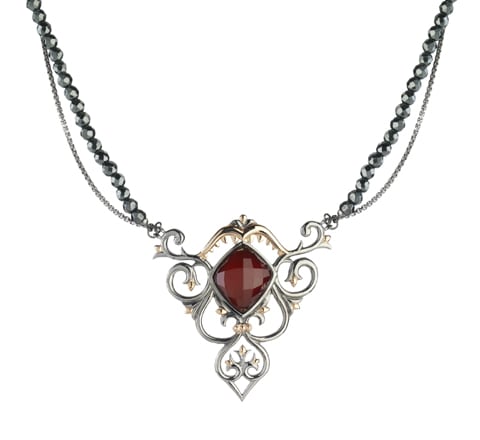
Register to get 1 free article
Reveal the article below by registering for our email newsletter.
Want unlimited access? View Plans
Already have an account? Sign in
Stephen Webster Ltd (www.stephenwebster.com), founded by one of Britain’s leading luxury jewellery designers, Stephen Webster, is internationally renowned for its chic and dramatic glam-rock jewellery. As such it comes as no surprise that its pieces have been worn by celebrities such as Madonna, Christina Aguilera, Kate Moss, Sir Elton John, Rihanna and Kate Beckinsale to name but a few.
With over 200 points of sale worldwide and seven boutiques in London, Beverly Hills, Moscow, St Petersburg, Kiev, Vienna and Marbella, we spoke to the head of the brand’s CAD department, Edward Slater, to find out how the jewellery is created. “Our designers always start with a brief as to the theme and inspiration for a particular project before they sketch out their designs,” he begins. “Our Jewels Verne or Les Dents de la mer collections, for example, were initially inspired by 2000 Leagues Under the Sea.”
Each collection consists of up to 30 or 40 pieces, including earrings, rings, necklaces and larger statement pieces, such as cuffs. The CAD team is given around four weeks from the time they receive the signed-off designs to convert all paper drawings into three-dimensional CAD models (around one day per design). Edward and his team start by creating their designs in a familiar CAD package, Rhino. Once they have modelled the jewellery, the designer looks at each model to make sure that it is as envisaged, and makes any amendments before importing the design into artistic CADCAM software, ArtCAM JewelSmith (www.artcamjewelsmith.com), to create the toolpaths for CNC milling.
Edward initially saw ArtCAM JewelSmith at IJL and he was impressed by how quickly it could calculate toolpaths. He states: “It cuts the time down drastically. Half a day was cut down to a couple of minutes. It is great! When it comes to bangles, ArtCAM has been something of a revolution for us; we could have never done one before with our previous software and machinery. We no longer needed to split it up – you could do it all as one.”
According to Edward everything goes through Rhino and ArtCAM JewelSmith. He explains: “They both work really well together. You don’t need to save the 3D model as an STL file, even though ArtCAM JewelSmith does support it, as ArtCAM is able to work directly from the Rhino file. I am sure we could do more than what we do currently in ArtCAM JewelSmith but Rhino is the way we have always worked.”
He continues: “ArtCAM has a really easy work flow and is extremely simple to use with its 3D Machining Wizard.” ArtCAM JewelSmith comes with a number of machining strategies to create the toolpaths to efficiently CNC machine or RP a design. For Edward’s team this gives them the choice of where the toolpath is exported to and checks that the block of wax is the correct size for the jewellery model, as well as adding the number, size and thickness of the supports to hold the piece in place during machining.
Before the design is sent to the CNC machine, Edward and his team run a simulation of the toolpaths cutting the design to make sure they have chosen the correct machining strategies and cutting tool, and if necessary make any amendments. He adds: “It is interesting seeing it calculate the toolpaths because when you come to see it on the machine there are no surprises.”
He concludes: “Whatever we are working on, I know that Delcam is always there to help give us advice on the best tools and approach to mill a design, should we need it.”


